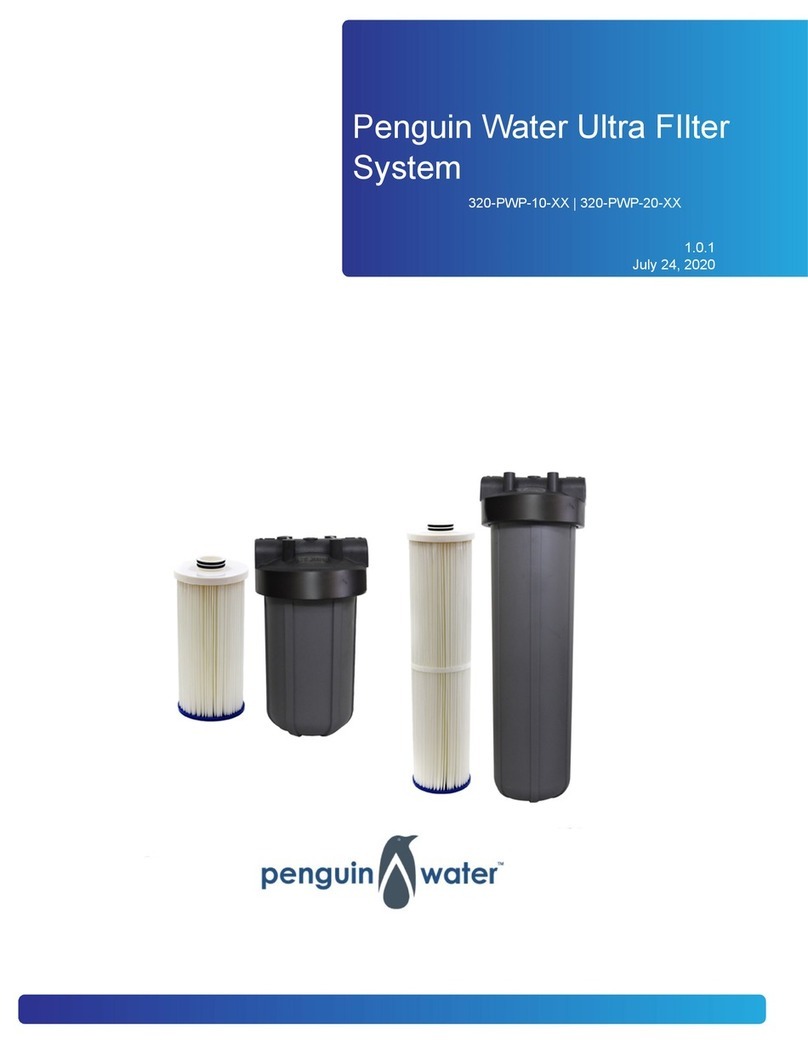
Table of Contents
Parts Check List ........................................................................................................ 3
Parts Overview .......................................................................................................... 5
Tools Needed ............................................................................................................ 6
Quick Connect Fittings .............................................................................................. 7
How To Make a Connection ............................................................................... 7
Disconnecting .................................................................................................... 8
Installation Location .................................................................................................. 9
Installation ............................................................................................................... 10
Faucet Installation ............................................................................................ 10
Feed Water Angle Stop Valve and Tubing Installation ..................................... 12
Drain Saddle Installation .................................................................................. 14
Tank Installation ............................................................................................... 15
Initial Tubing Connections ................................................................................ 16
RO Unit Installation .......................................................................................... 16
Final Tubing Connections ................................................................................ 16
System Start Up ...................................................................................................... 19
Prior to Start Up ............................................................................................... 19
Flushing System and Checking Operation ....................................................... 19
Air Purging ....................................................................................................... 19
Maintenance ............................................................................................................ 21
Sanitizing Filter Change Instructions ....................................................................... 22
Flushing System and Checking Operation ....................................................... 23
Air Purging ....................................................................................................... 23
Why the Regular Use of Sani-System is Important .......................................... 24
Standard Flow Diagram .......................................................................................... 25
Permeate Pump Flow Diagram ............................................................................... 26
6 Stage RO Flow Diagram ...................................................................................... 27
6 Stage RO Permeate Pump Flow Diagram ........................................................... 28
Warranty .................................................................................................................. 29
2






























